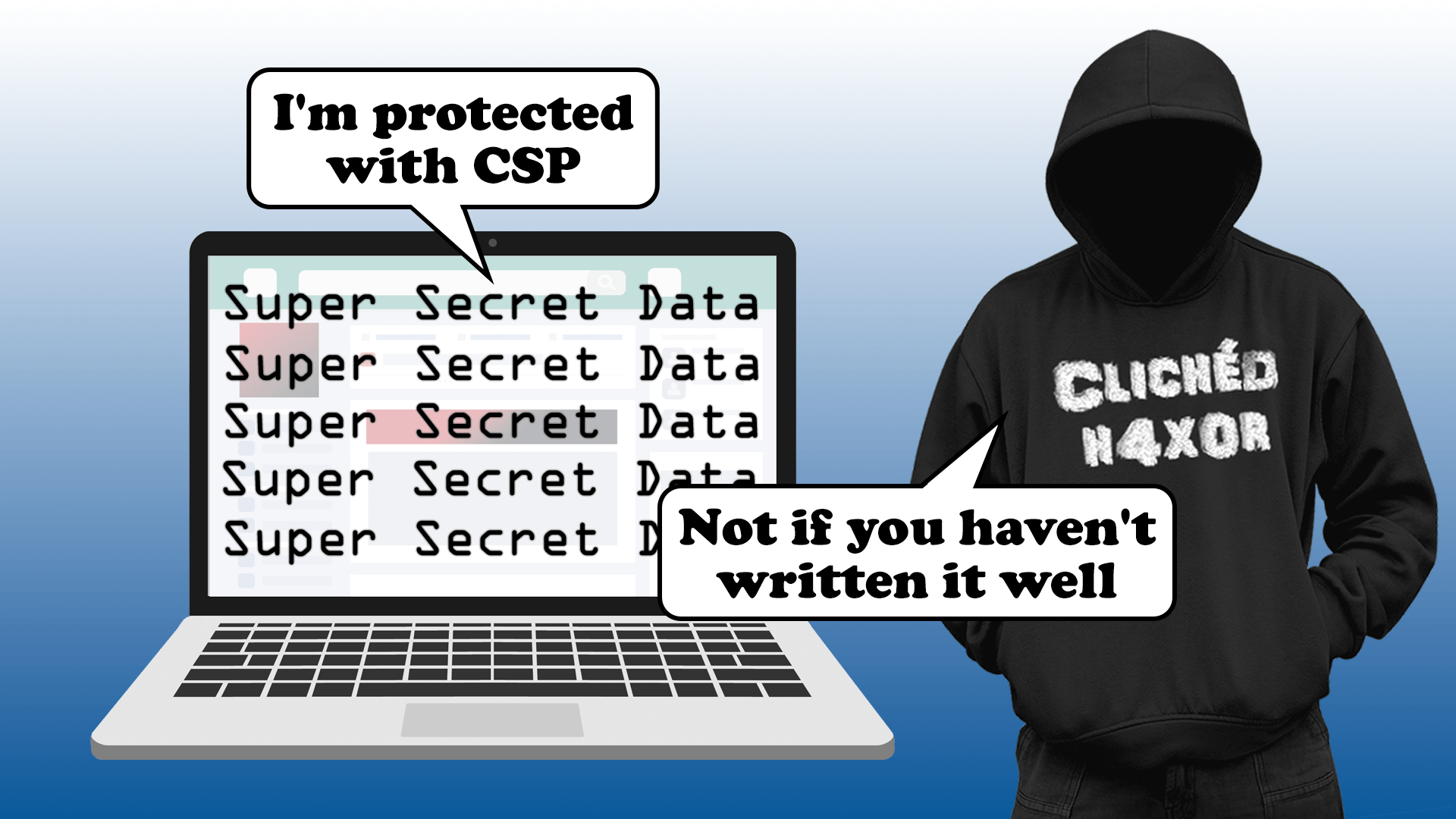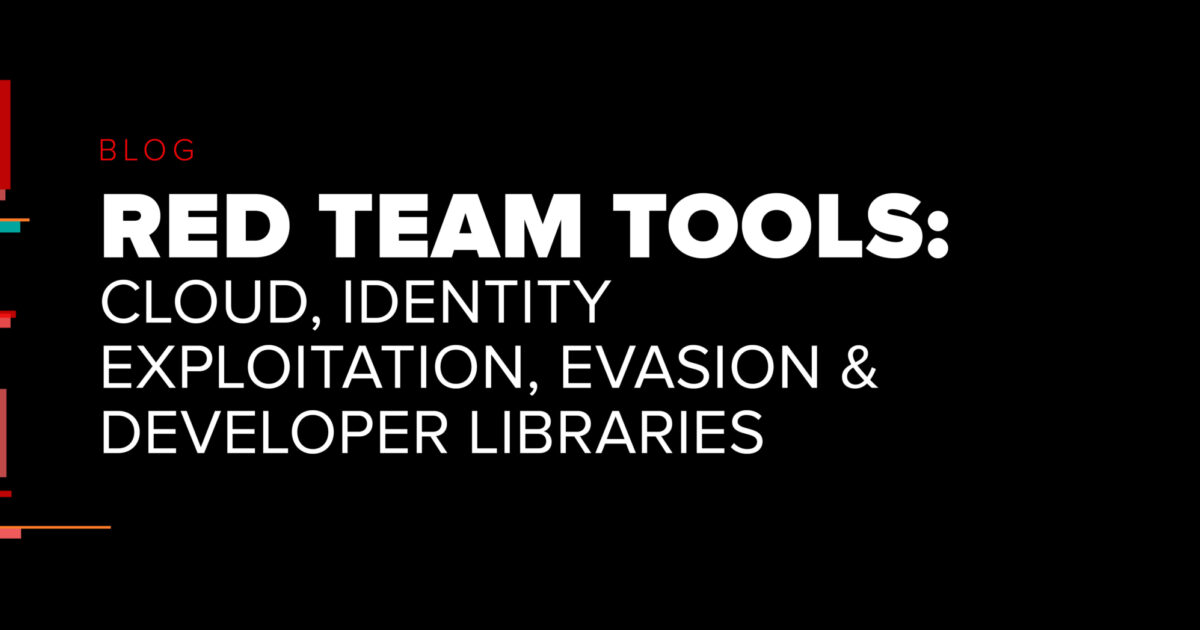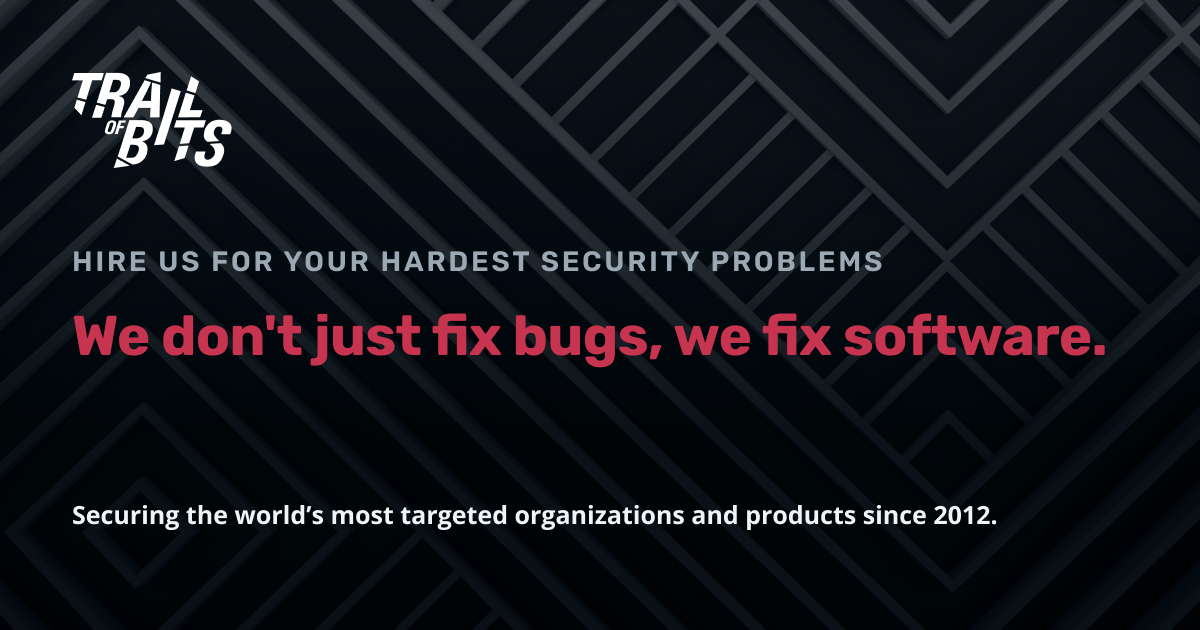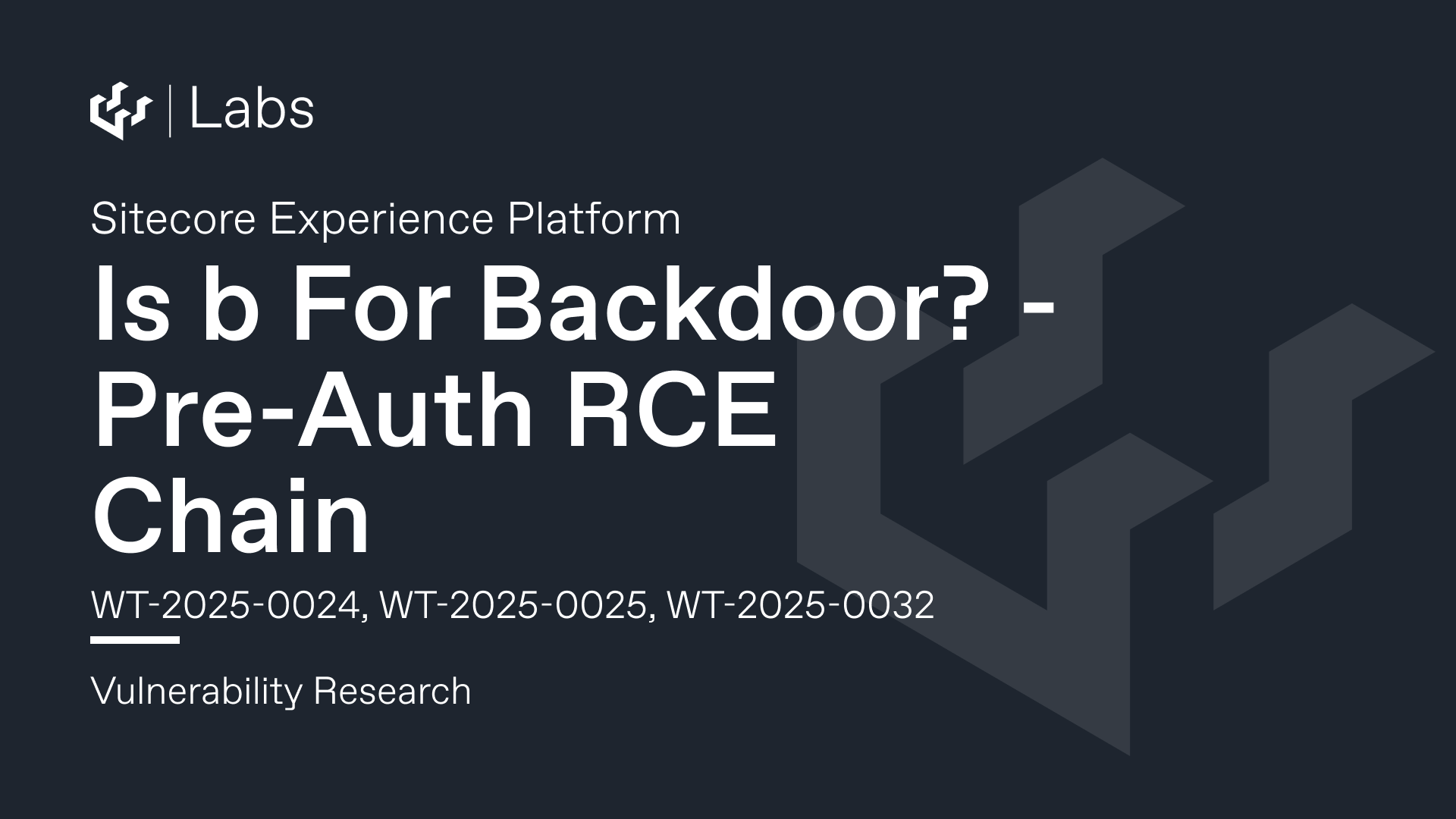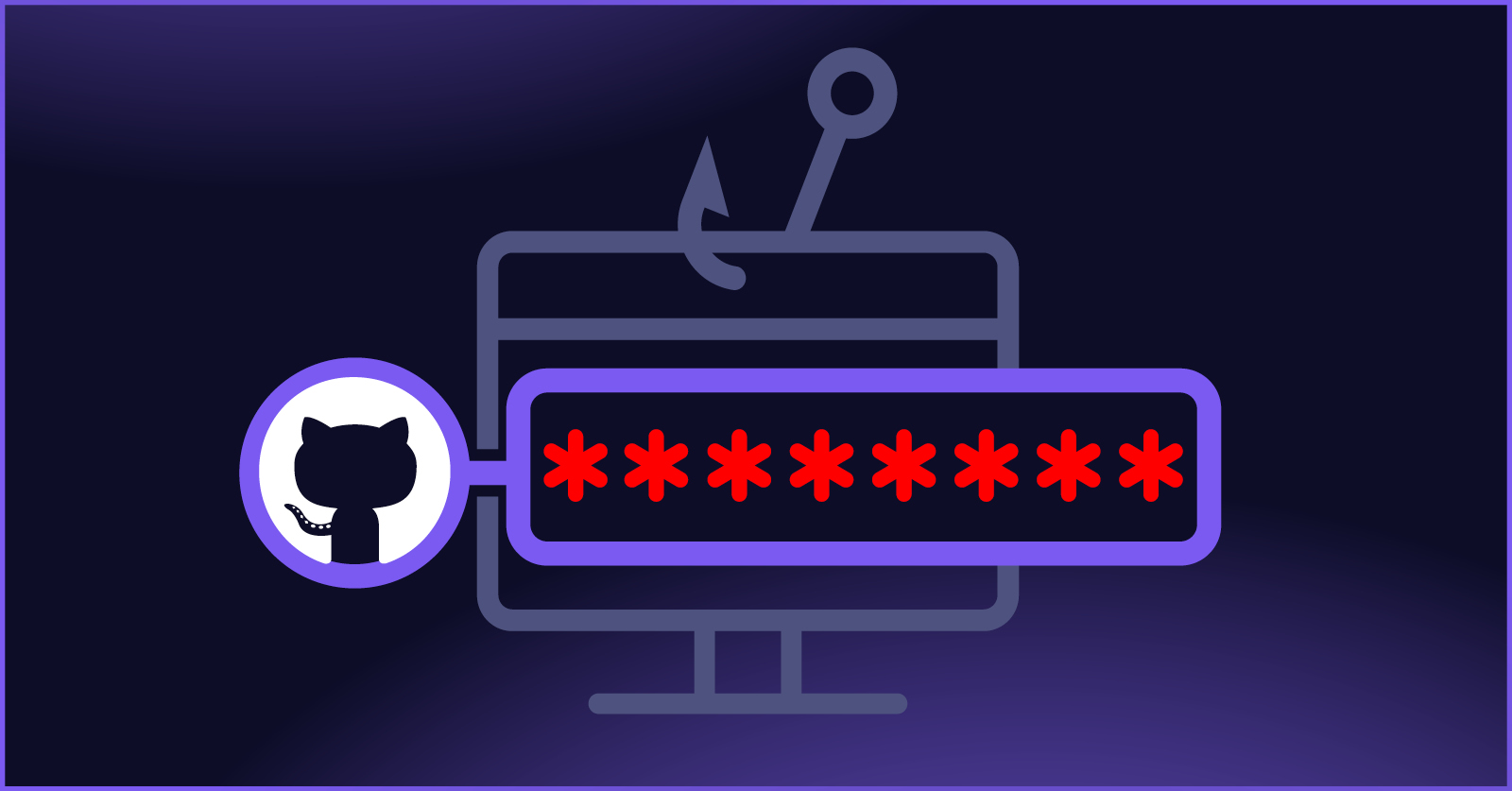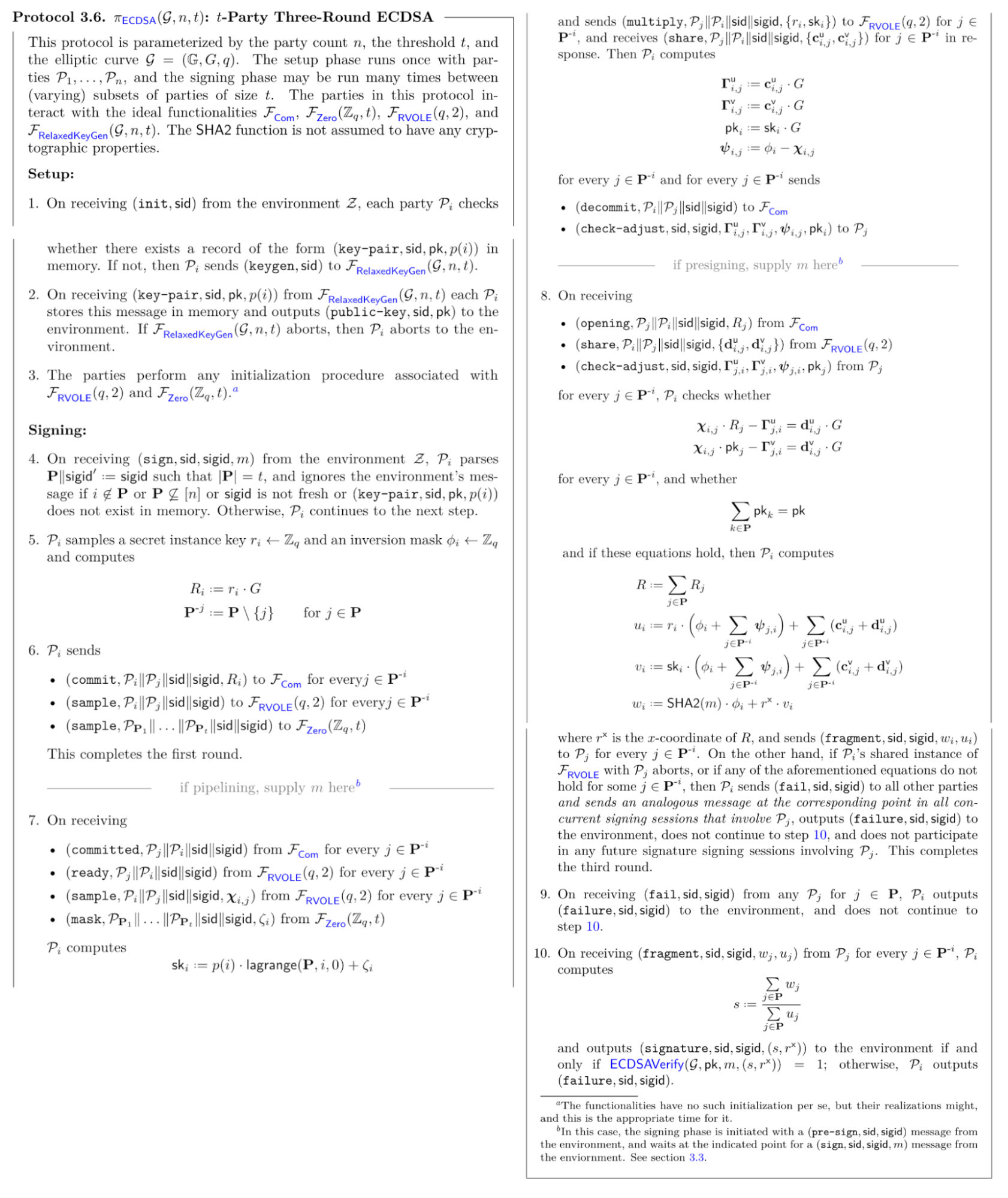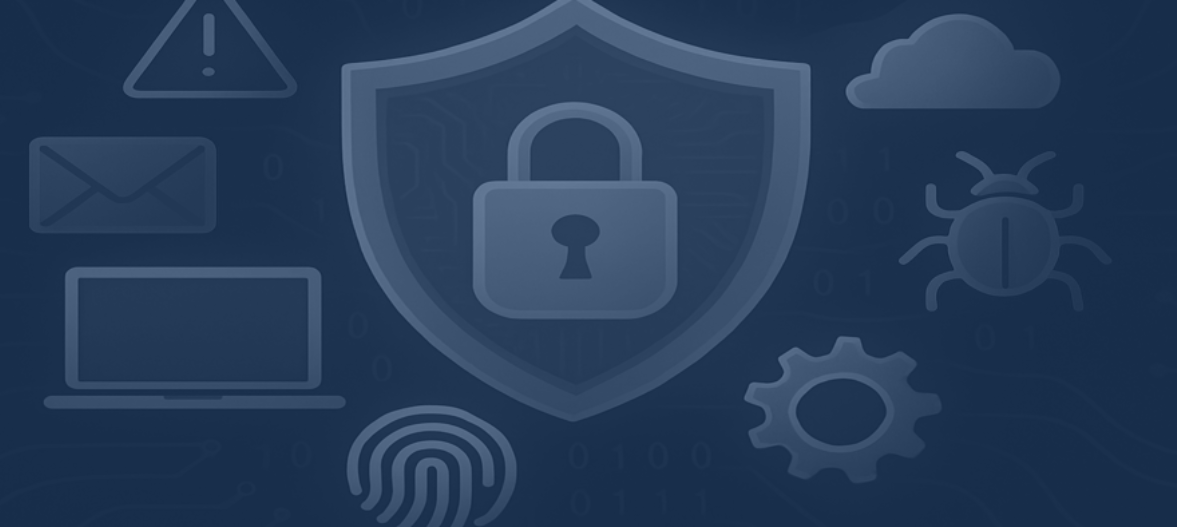It’s the second Tuesday of the month, and while many places in the Northern Hemisphere are scorching, Microsoft and Adobe have released their latest security offering in hopes of cooling things down. Grab an iced beverage and take a break from your scheduled activities and join us as we review the details of their latest security alertsIf you’d rather watch the full video recap covering the entire release, you can check it out here:
Adobe Patches for June 2025
For June, Adobe released seven bulletins addressing massive 254 CVEs in Adobe Acrobat Reader, InCopy, Experience Manager, Commerce, InDesign, Substance 3D Sampler, and Substance 3D Painter. Four of these bugs were reported through the Trend ZDI program. Of these patches, Adobe rates the fixes for Commerce as Priority 1, even though t…








